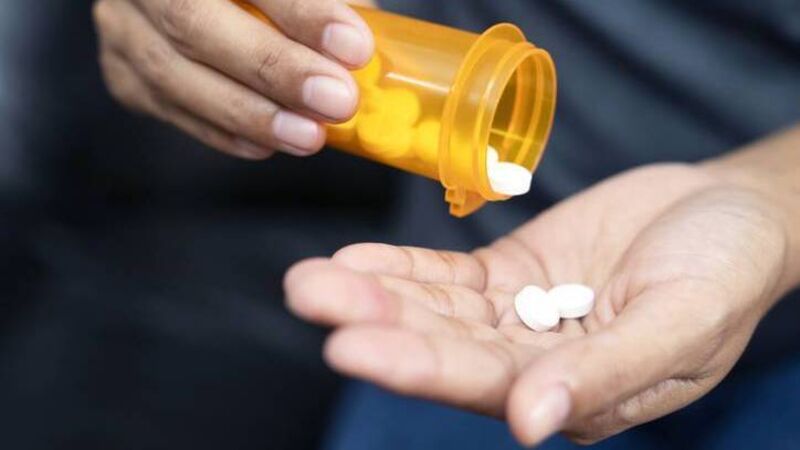Drug overdose rates reach 10-year high, with painkillers and sedatives used in thousands of cases

Throughout the past 10 years, non-fatal overdose cases were higher among women, accounting for 57% of all cases in 2020. Picture: iStock
Drug overdoses treated at hospitals reached a 10-year high in 2020, with almost 5,500 cases recorded.
There has been a sharp increase in cases since 2015, with numbers soaring between then and 2017, with an even more pronounced jump between 2019 and 2020.
Painkillers, paracetamol, and sedatives account for a large percentage of the substances taken.
Intentional self-poisoning comprised almost two-thirds of all overdoses in 2020.
The information, compiled by the Health Research Board (HRB), is based on the Hospital In-Patient Enquiry data.
The figures show there were 5,457 drug overdose cases in 2020, resulting in 55 deaths. The data is based on discharged cases (5,402).
“The number of discharged overdose cases in 2020 was the highest recorded in 10 years, with trends indicating a general increase since 2015,” said the HRB report, written by Sean Millar.
Numbers dropped steadily between 2010 and 2015, from 4,522 to 3,956.
But, from then on, they rose sharply, to 4,628 in 2017, before stabilising in 2018 and dropping slightly in 2019, to 4,549. Overdose cases jumped to 5,402 in 2020, a rise of 19%.
Throughout the past 10 years, non-fatal overdose cases were higher among women, accounting for 57% of all cases in 2020.
The age breakdown shows the highest number of cases (1,250) were in the 15-24 age category, representing 23% of cases.
There were 625 cases (12%) in the 0-14 age category. While the figures do not provide information on those cases, previous reports refer to accidental overdoses involving children ingesting household and medical substances.
Of the 1,322 cases involving illegal drugs, the bulk were opioids (897), accounting for 17% of all cases.
There were 313 cocaine cases (6% of all overdoses) and 98 involved cannabis (2%). A further 14 cases involved LSD.
Some 3,447 of the 5,402 overdoses were “intentional self-poisoning” incidents.
A further 1,375 cases categorised as accidental poisonings, with the intent in 511 cases undetermined.
The main substances involved in overdoses were painkillers (1,880), paracetamol (1,580), benzodiazepines (1,111), psychotropic agents (1,416), anti-epileptics and sedatives (2,536), and illegal narcotics (1,168).
Alcohol was recorded in 519 cases, but Hospital In-Patient Enquiry only includes it when it is consumed with another substance, and not on its own.
Separate to HIPE figures, the most recent data in Ireland for fatal overdoses, captured in the National Drug-Related Deaths Index, remains 2017.
The usual two-year time lag, which is to allow inquests to be finalised, has been compounded in recent years by Covid restrictions. New figures are expected early next year.
The total number of drug-related deaths increased from 607 in 2010 to 786 in 2017, including a rise in fatal overdoses, from 339 to 376 in the same period.










